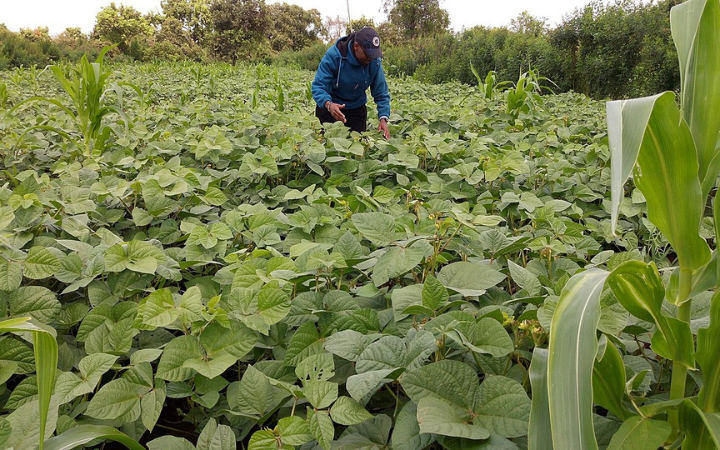Blog Details

How soybeans are grown in crop rotation
Organic farming is an approach that emphasizes sustainability, biodiversity, and ecological balance. Among the various practices that organic farmers adopt, crop rotation stands out as a crucial method for enhancing soil health and increasing crop yields.
When it comes to organic soybeans, growing them in rotation is not just a recommendation; it’s a best practice that reaps numerous benefits.
The Importance of Crop Rotation
Crop rotation involves growing different types of crops in the same area across various seasons. This practice contrasts with monoculture, where the same crop is planted repeatedly in the same field.
Benefits of Crop Rotation for Organic Soybeans
- Soil Fertility and Health
- Pest and Disease Management
- Weed Control
- Soil Structure and Erosion Prevention
- Biodiversity and Ecosystem Balance
Practical Crop Rotation Plans for Organic Soybeans
A well-designed crop rotation plan should consider local climate conditions, soil types, and the specific crops to be grown. Here are a few examples of crop rotation sequences that benefit organic soybeans:
- Soybeans - Corn - Wheat
- Soybeans - Potatoes - Rye
- Soybeans - Oats - Clover
